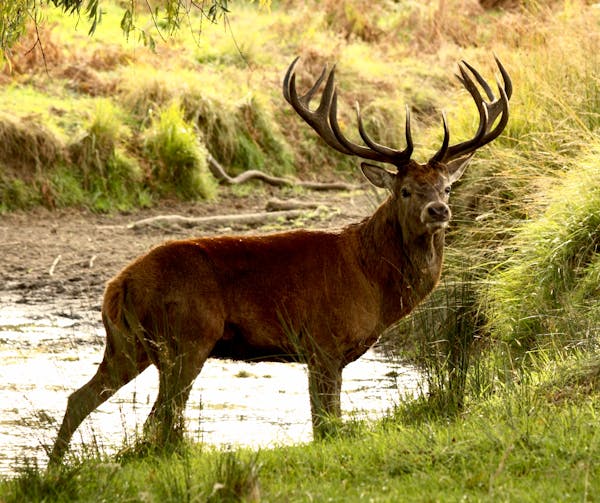Why the black-tailed deer is vital to Pacific Northwest forests
- Nature Conservation
- Land Conservation
- Iconic Species
- Wildlife
- Mammals
- Alaska
- Subarctic America Realm
One Earth’s “Species of the Week” series highlights an iconic species that represents the unique biogeography of each of the 185 bioregions of the Earth.
The black-tailed deer (Odocoileus hemionus columbianus) may be easy to overlook in the shadowy depths of the forest, but it plays a starring role in one of North America’s most biodiverse ecosystems. A subspecies of the mule deer, the black-tailed deer ranges along the Pacific coast from northern California to British Columbia and Alaska.
This quiet browser shapes the vegetation of its forest home and supports predators such as cougars and wolves, making it a keystone species whose presence reflects the health of the land.
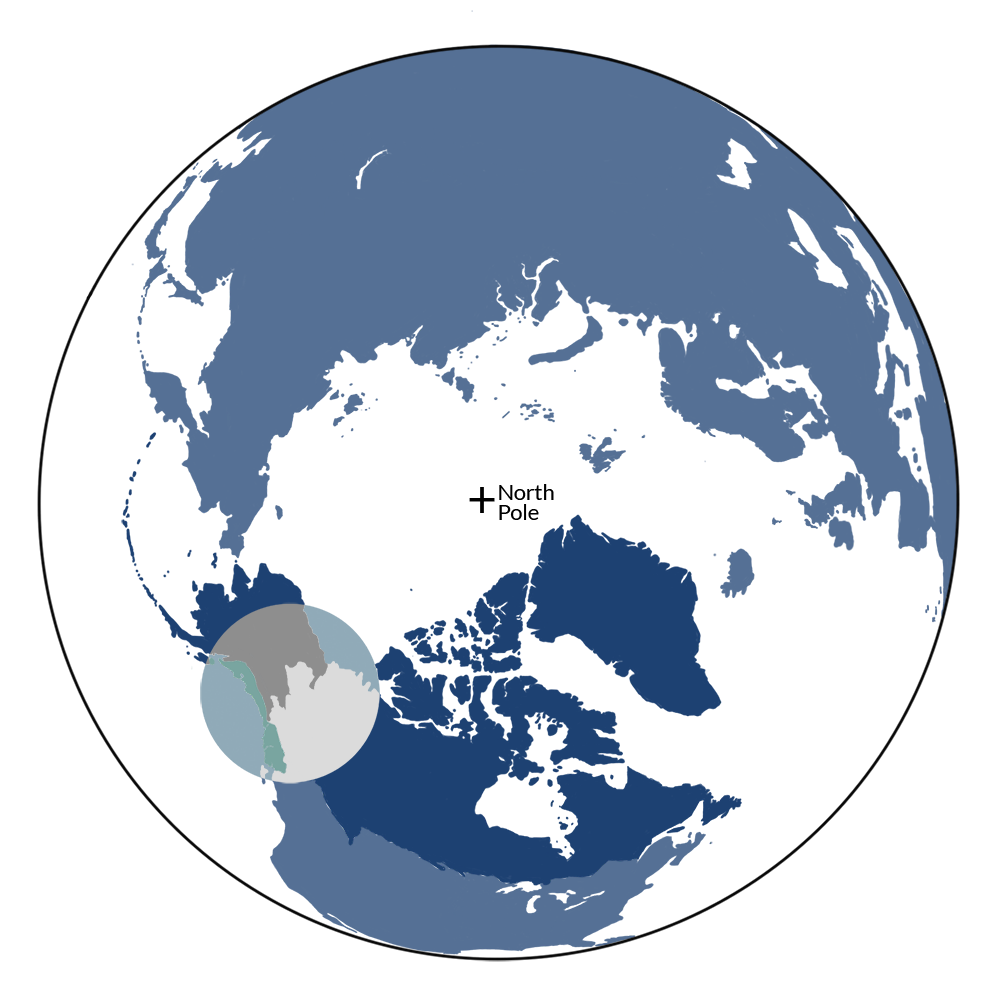
Black-tailed deer are the iconic species of the Far Northern Pacific bioregion (NA5), located in the Alaska subrealm of Subarctic America.
Habitat and environment
Black-tailed deer are specialists of the temperate rainforest—a lush, shadowy realm of giant conifers, dense understory, and abundant rainfall. These forests are defined by towering Douglas firs, redwoods, western red cedars, and hemlocks, interwoven with ferns and salal. The deer thrive in this mosaic of old-growth, young forest, and clearings, using dense cover for shelter and edges for feeding.
Unlike their mule deer cousins of the drier interior, black-tailed deer are homebodies. They occupy relatively small territories and often follow the same paths and bedding areas year after year. Their survival depends on the delicate balance of canopy, understory, and open spaces—a balance increasingly threatened by logging, urban expansion, and climate change.
Physical traits and behavior
Smaller and darker than mule deer, black-tailed deer have a chocolate-brown coat and, as their name suggests, a distinctive black tail that fans out when alarmed. Bucks sport antlers that fork rather than branch, growing new sets each year in a cycle synchronized with the seasons.
Black-tailed deer are crepuscular, most active at dawn and dusk. They browse on a varied diet of shrubs, leaves, grasses, berries, and lichens, adjusting their intake with the seasons. In winter, they survive on evergreen vegetation and fallen leaves, relying on stored body fat and efficient digestion.
Mating occurs in the fall rut, with bucks engaging in dramatic antler duels for access to does. Fawns are born in late spring—often twins—camouflaged with white spots and hidden in thick brush while their mothers forage. Many predators, including bobcats, bears, and coyotes, prey on the young, but the most persistent threat comes from human-altered landscapes that fragment habitat and increase vehicle collisions.
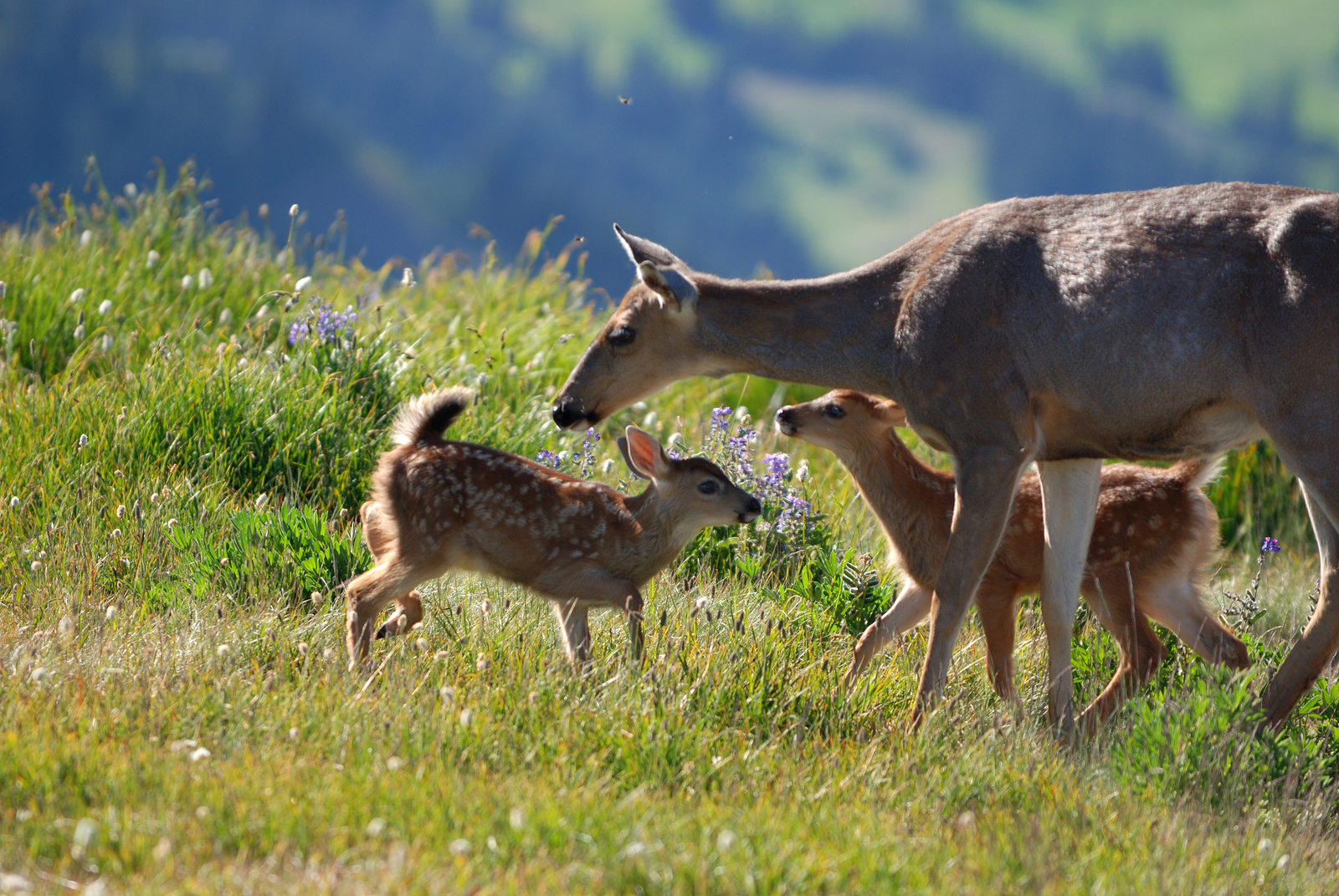
Mother deer and fawns in Olympic National Park. Image Credit: © Lijuan Guo, Dreamstime.
Ecological role
Black-tailed deer serve as ecosystem gardeners. Their selective browsing influences plant growth and composition, encouraging biodiversity and shaping forest succession. They also feed predators such as mountain lions, wolves, and eagles, anchoring the local food web.
In some areas, overabundant deer populations—caused by the absence of natural predators—can degrade understory habitats, reduce plant diversity, and hinder forest regeneration. But where predators and ecosystems are intact, black-tailed deer help maintain the dynamic equilibrium of the forest, linking the soil to the canopy and herbivore to carnivore.
Cultural and mythological significance
For the Indigenous peoples of the Pacific Northwest, black-tailed deer hold deep cultural and spiritual meaning. Tribes such as the Coast Salish, Haida, and Tlingit have hunted the deer respectfully for millennia, weaving its presence into their stories, ceremonies, and survival.
In Haida mythology, Deer Woman is a powerful spirit—beautiful, elusive, and wise—who can guide or trick those who encounter her. Her hooves, sometimes blackened, are said to reveal her true identity, linking the physical world of the deer to deeper lessons about respect, awareness, and the interconnection of life.
Deer imagery also appears in basketry, carvings, and regalia, symbolizing abundance, swiftness, and the sacred rhythm of nature.
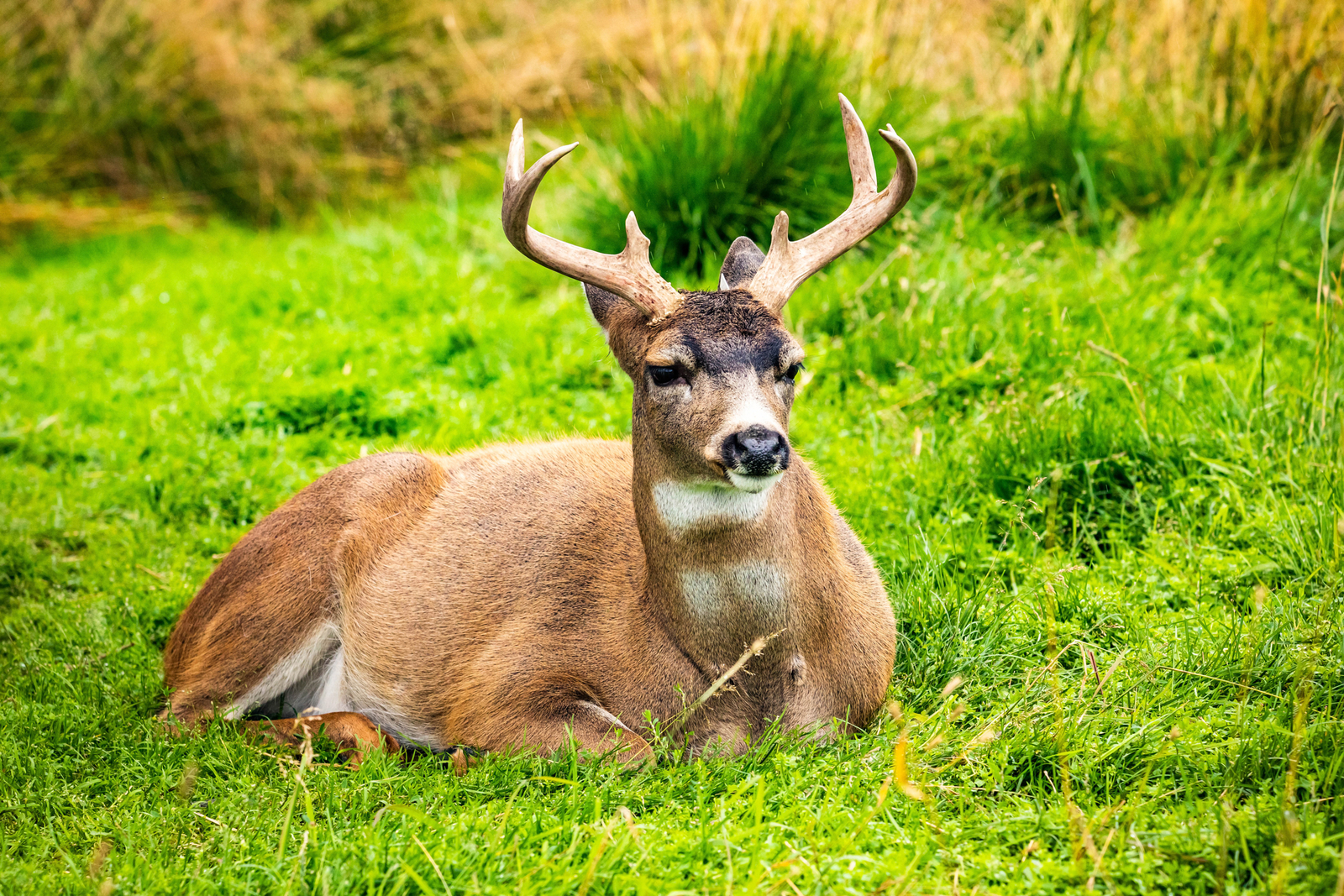
Male black-tailed deer close up in the Alaskan summer. Image Credit: © Lijuan Guo, Dreamstime.
Conservation status and challenges
Black-tailed deer are not endangered overall, but their populations face mounting challenges. In California and the Pacific Northwest, habitat fragmentation from suburban sprawl, road networks, and industrial logging reduces connectivity and forces deer into hazardous areas. Vehicle collisions are a leading cause of mortality, especially for young deer dispersing from their birthplaces.
Climate change introduces further stress, altering plant communities, shifting seasonal cycles, and increasing the spread of disease and parasites. In some areas, adenovirus hemorrhagic disease has caused alarming die-offs of deer.
On a hopeful note, restoration of predator populations—like wolves in Washington and Oregon—and efforts to conserve forest corridors are helping to rebalance ecosystems. Citizen science initiatives, wildlife crossings, and Indigenous-led land stewardship are also vital tools in ensuring that black-tailed deer continue to ghost through the green shadows of the forest.
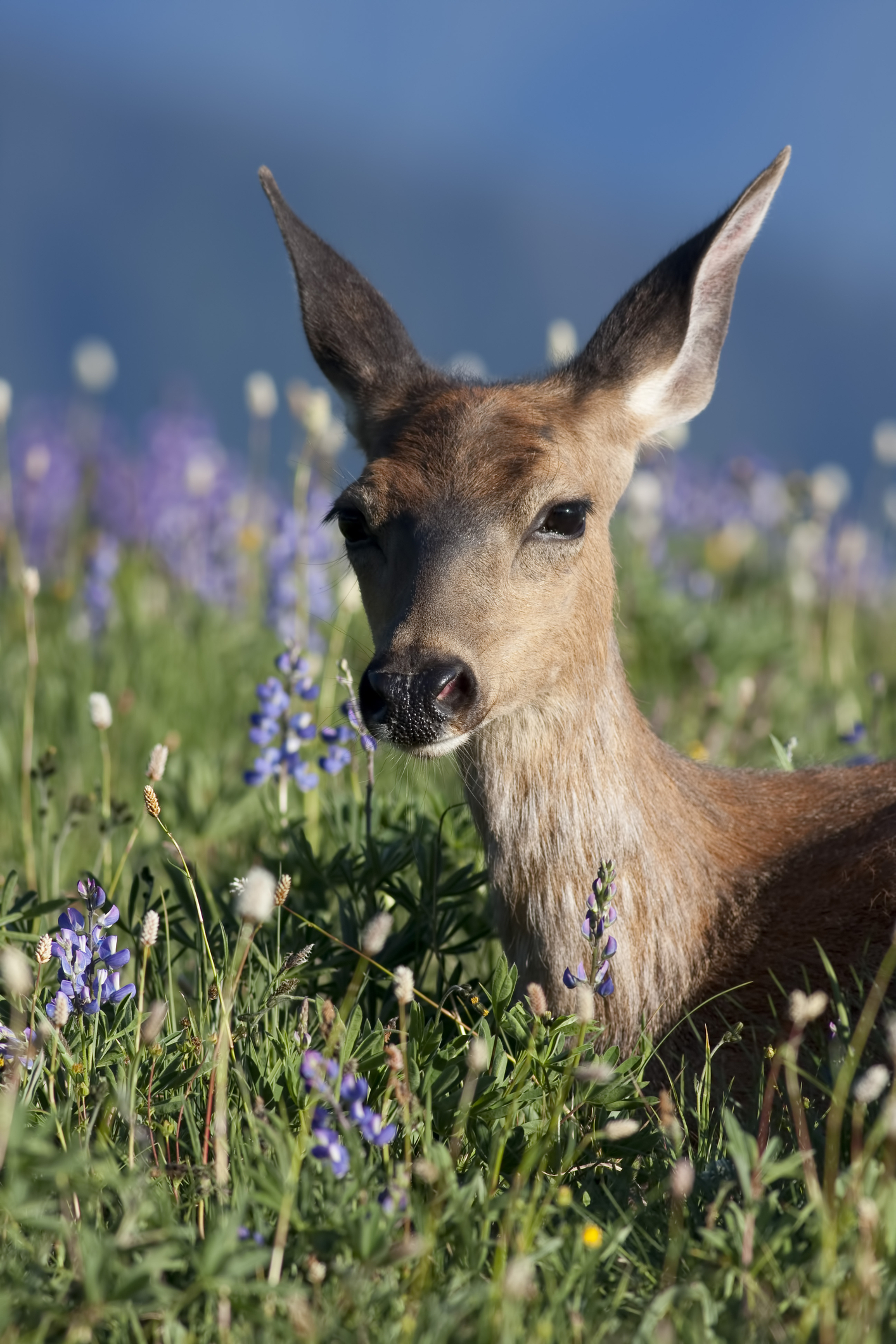
A black tailed deer resting in lupine and other spring flowers in Olympic National Park. Image Credit: © Rhummell, Dreamstime.
Protecting the forest guardian
To see a black-tailed deer in the wild is to witness a moment of grace and wild continuity—an animal at home in the rhythm of the rain and root. But their presence depends on intact forests, connected habitats, and a human willingness to coexist.
We can each be part of their future. Support wildlife corridor initiatives. Drive cautiously in deer-crossing zones. Advocate for forest conservation and responsible development. Learn from Indigenous communities who have long walked in harmony with these creatures.
Because when the black-tailed deer disappears, we lose more than a species—we lose a guardian of the forest and a link to the ancient wisdom of the land.
Support Nature Conservation

.jpg?auto=compress%2Cformat&h=600&w=600)
